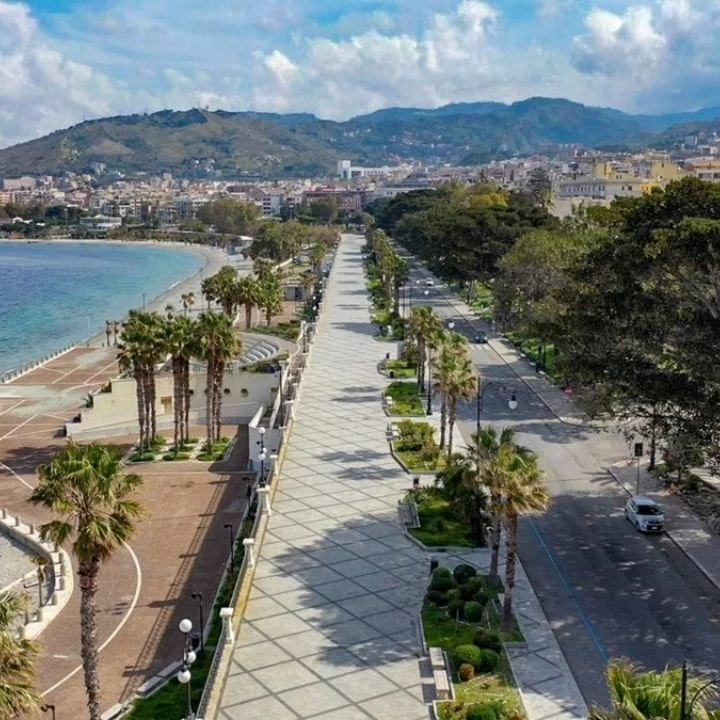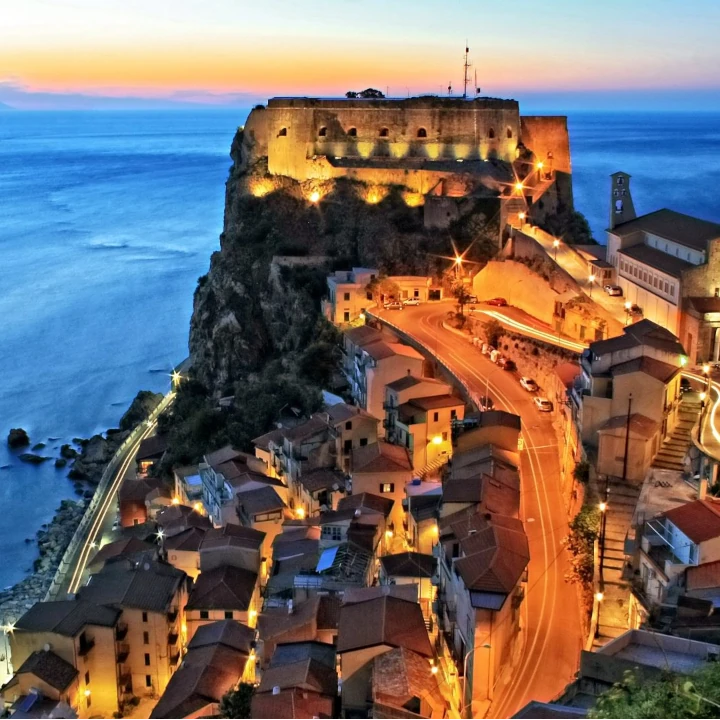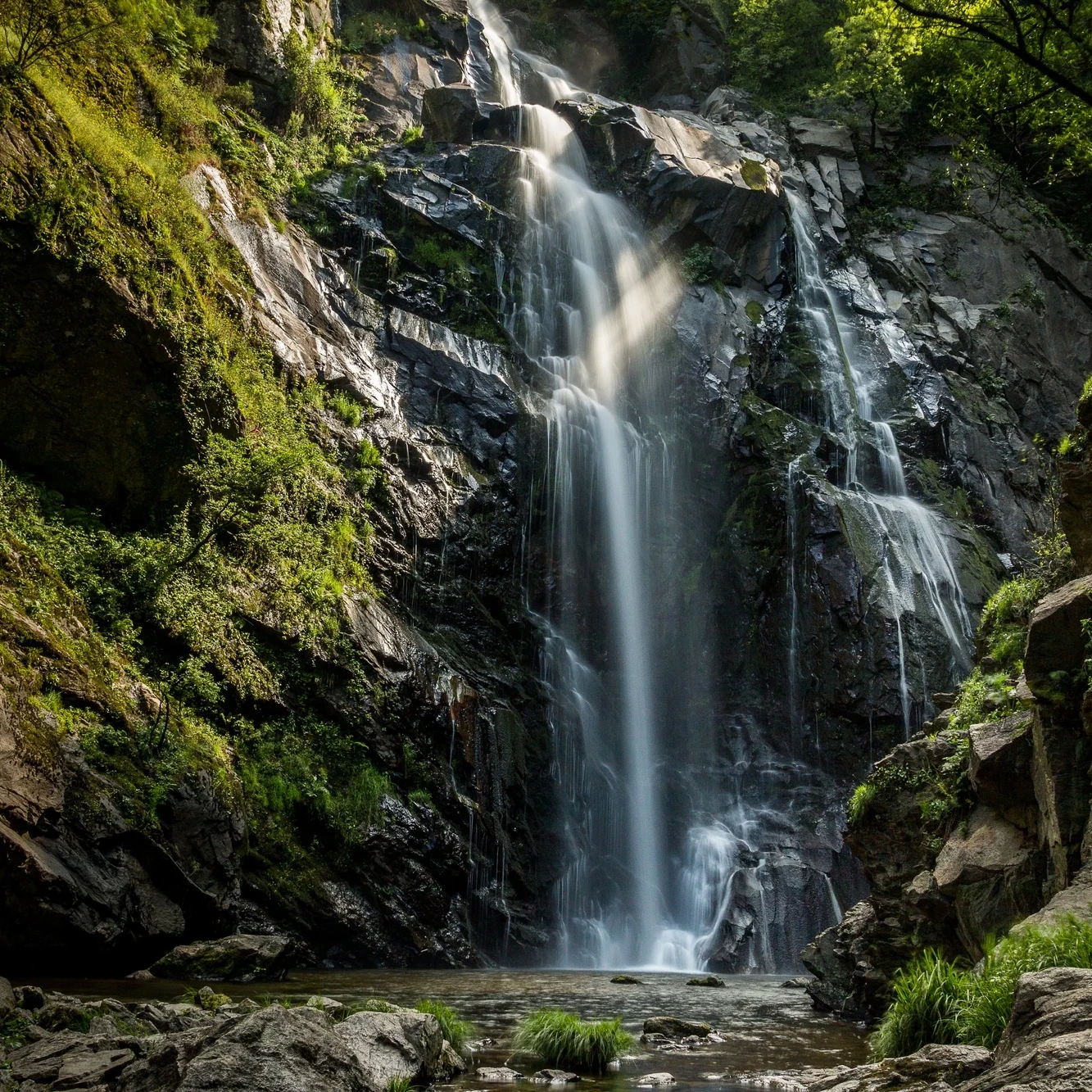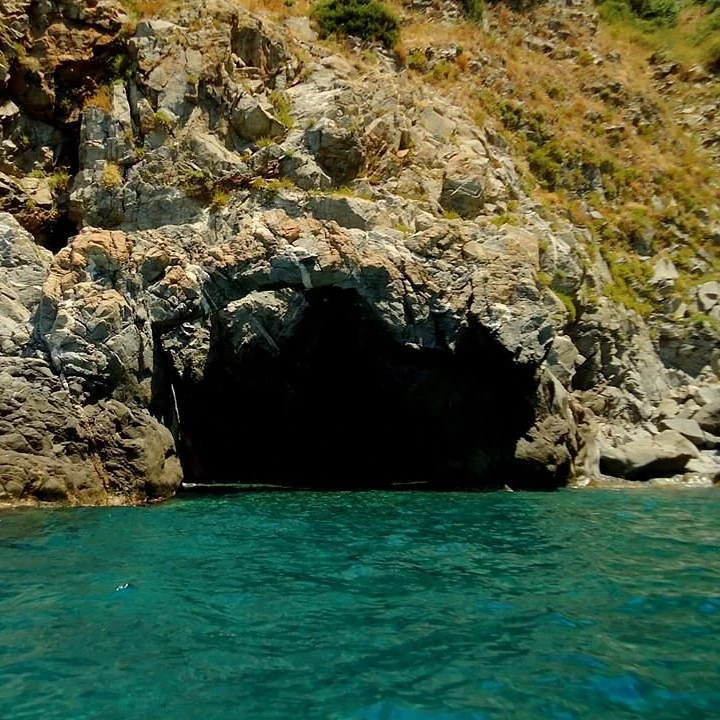Tropea
The Pearl of the Tyrrhenian Sea
Tropea
Tropea lies in the heart of the Costa degli Dei, also called the Costa Bella for its enchanting and evocative landscapes. With its white sandy beaches interspersed with sandstone cliffs, crystal-clear waters, and its historic center of medieval origin, Tropea is a perfect destination for those seeking a combination of natural beauty, history, and enchanting atmosphere.
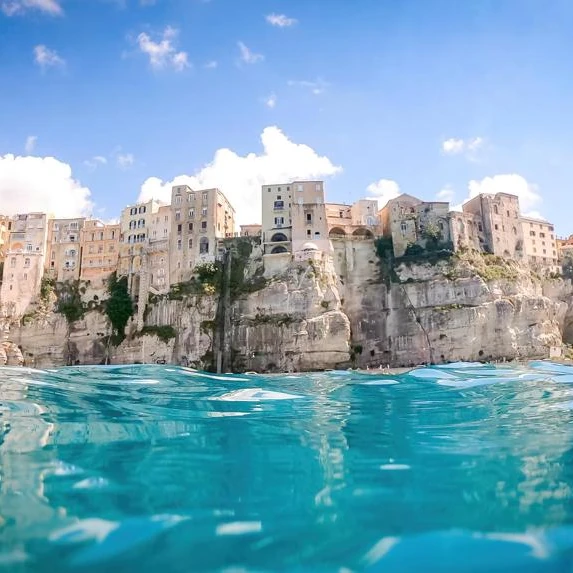
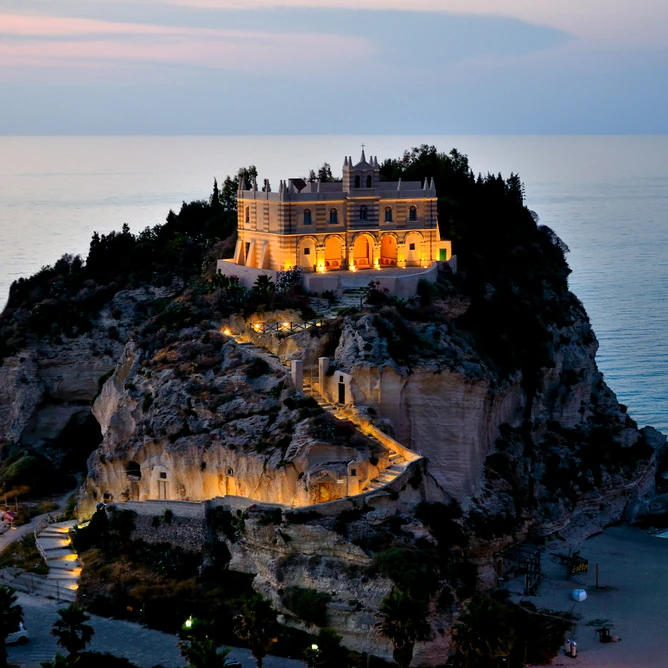
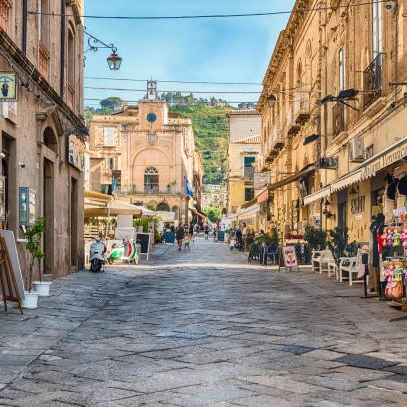
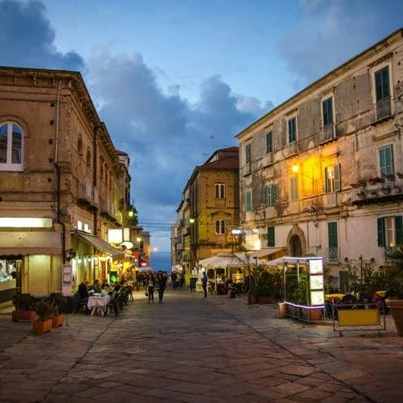
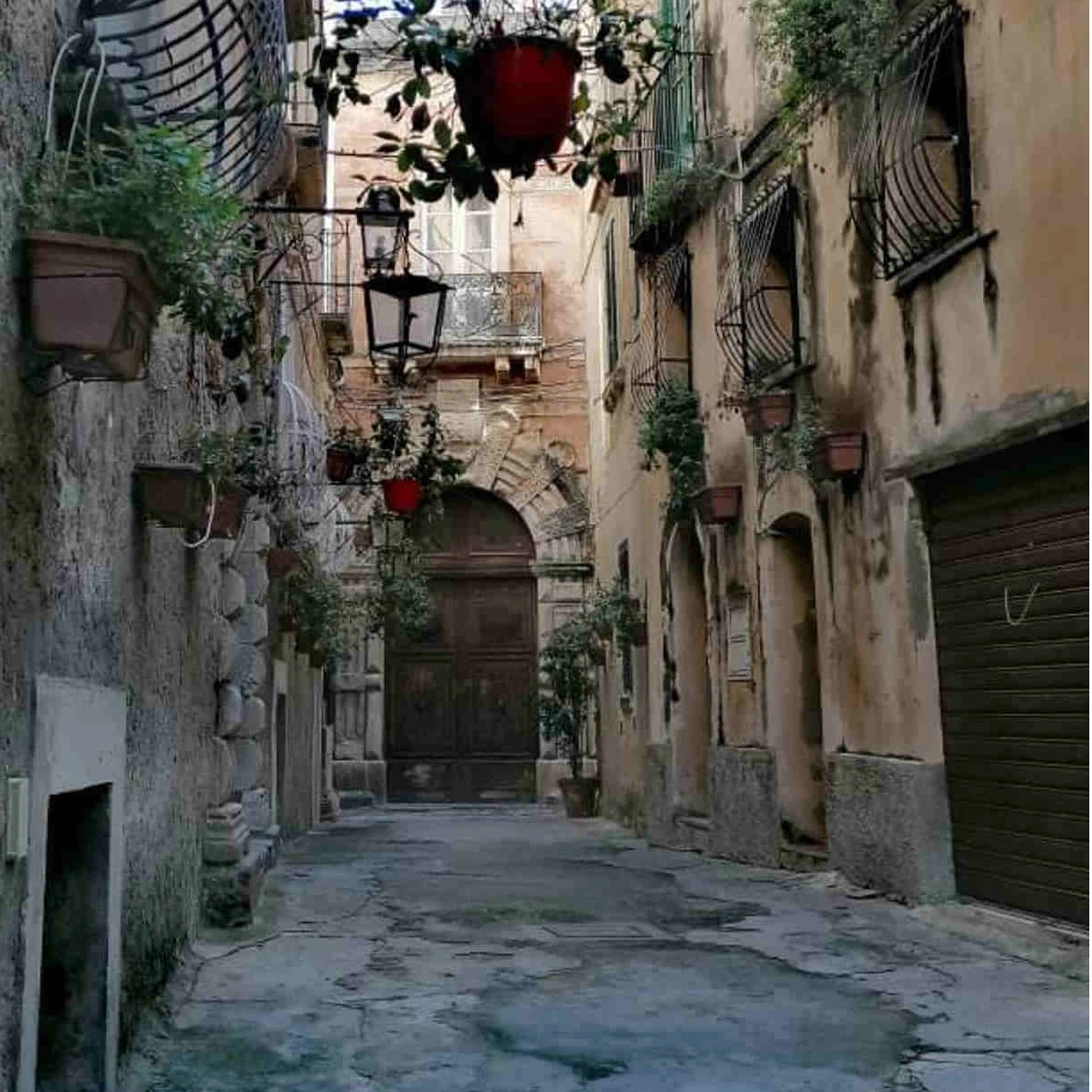
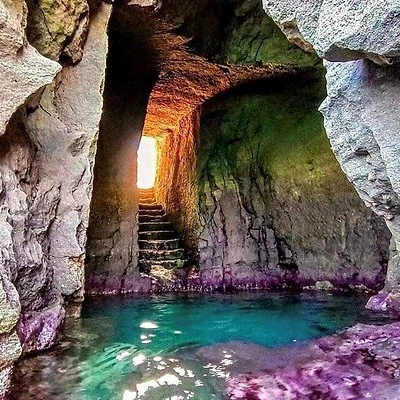
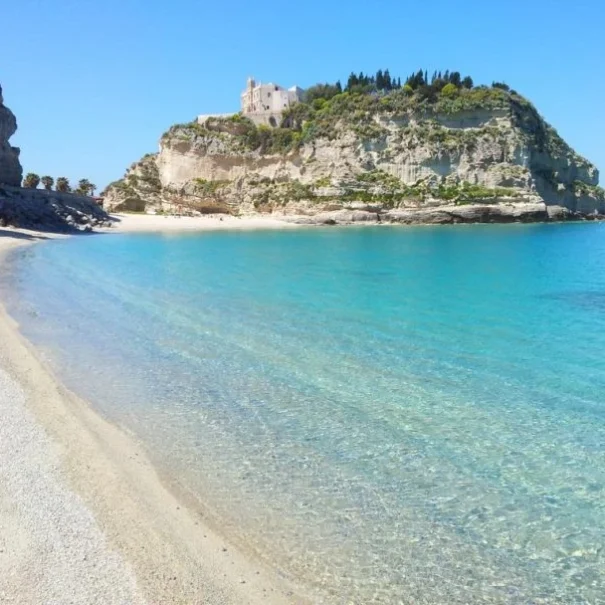
The sea and the beach
The Tropea coastline is renowned for its picture-postcard scenery, with the sea tending to turquoise and the wonderful white sand beaches interspersed between cliffs where wonderful natural caves rise. The most popular beaches are the Spiaggia della Rotonda, with its many bathing establishments, and the Spiaggia di Marina dell'Isola, a small sandy stretch that is always busy; they are located respectively to the left and right of the Scoglio dell'Isola where the Sanctuary is located. Also very picturesque and less crowded is the small beach of Cannone located between the St. Leonard's Rock and the marina. The largest beach is 'a Linguata recommended for those who enjoy water sports or beach walks.
Shrine of St. Mary of the Island
The Sanctuary of Santa Maria dell'Isola stands on a sandstone cliff that, in the past, was completely surrounded by the sea. Reached by a flight of steps carved into the rock, the building is probably medieval in origin but has also been entirely renovated due to damage caused by earthquakes in 1783 and 1905. Surrounding the church is a beautiful, well-kept and lush garden full of typical Mediterranean plants; from the garden it is possible to access the panoramic terrace to enjoy a wonderful view of the Tyrrhenian coast and the volcanic island of Stromboli.
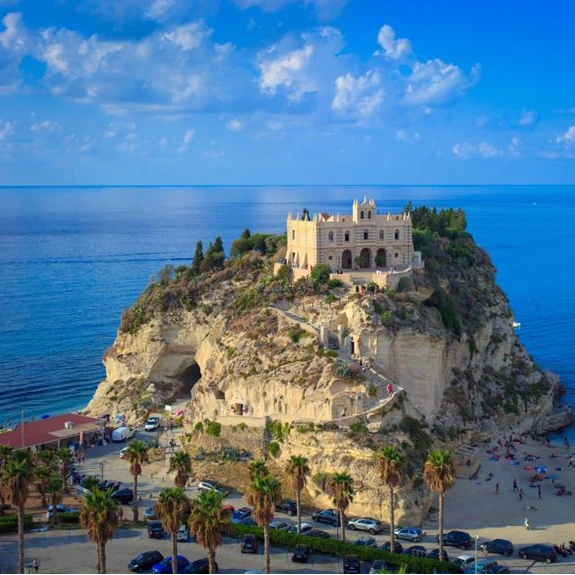
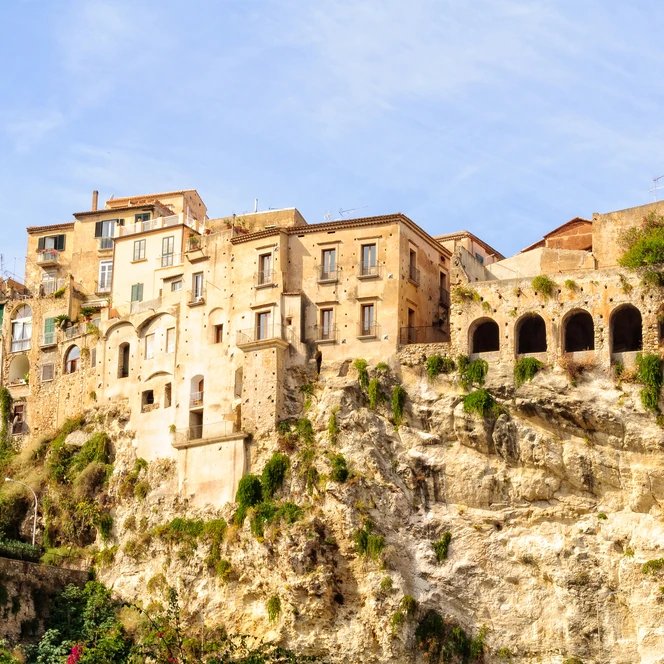
Sorico Center
Upper Tropea lies on a terrace overlooking the sea and has characteristic narrow streets winding through small squares with panoramic views of the Tyrrhenian Sea. The village preserves notable aristocratic palaces from the 1700s and 1800s, with important portals made by local craftsmen. Corso Vittorio Emanuele is the heart of Tropean nightlife, where it is possible to find numerous restaurants, craft stores and souvenir stores. Walking the entire course, one arrives at the “balcony” an overlook to the sea with a beautiful view of Isola Bella and the beach, against the backdrop of the Aeolian Islands. Near Hercules Square are Palazzo Toraldo, an imposing 18th-century building, and Villa Braghò with its large granite archway and marvelous 1721 gateway.
What to see ...
Tropea is known for its extraordinary natural and architectural beauty. In addition to being a popular destination for beach lovers, the town of Tropea is appreciated by vacationers of all kinds because it offers a cultural, artistic and scenic itinerary of considerable interest.
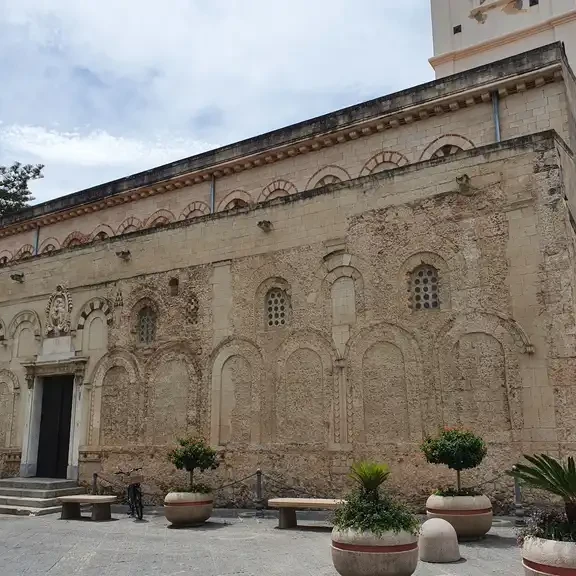
The Co-Cathedral of Mary Most Holy of Romania is a three-nave basilica building erected in the 12th century in the Norman style with tuff ashlars and lava stone. The main façade features a large 16th-century rose window above the front door. On the High Altar is a painting of the Virgin of Romania, patroness of the city, presumably made by a pupil of Giotto. The interior of the cathedral also preserves a Carrara Marble statue of Our Lady of Liberty (17th century) and a beautiful wooden crucifix.
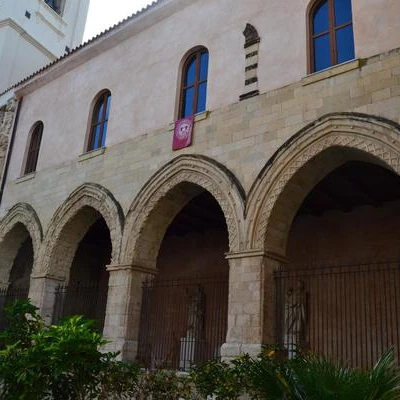
Adjacent to the Cathedral stands the ancient Bishop’s Palace, which houses the Diocesan Museum of Tropea. The devotional itinerary set up inside the museum covers a conspicuous period of history, from the Middle Ages to the 19th century. Notable works of art include frescoes of the Giotto school and numerous canvases made by local workshops, with an extensive collection by Tropean artist Giuseppe Grimaldi. The Museum also holds part of the “Cathedral Treasure,” including a beautiful silver and copper-gilt Statue depicting St. Sunday.
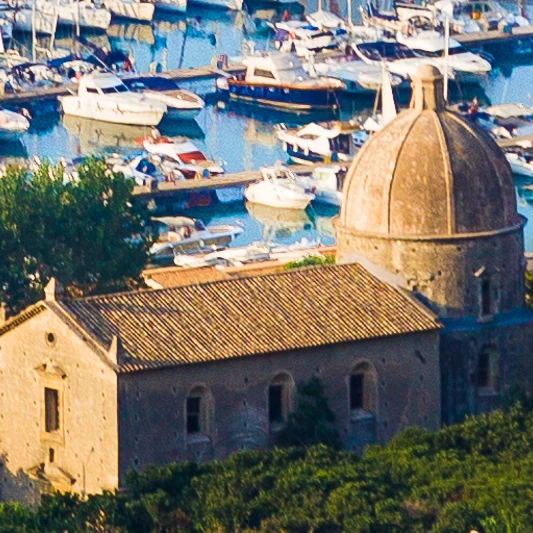
The Church of Santa Maria della Neve, also known as the Michelizia, stands in the Carmine district and can be reached by walking down a country lane. Its origins are somewhat uncertain although an ancient popular belief places it in the 1500s; according to the story, the church was built at the behest of a wealthy merchant, Michele Milizia (hence Michelizia), out of devotion to Our Lady of the Snows who allegedly rescued him from a shipwreck. The Renaissance-style building has granite portals with two wooden statues depicting St. Joachim and St. Anne on either side.
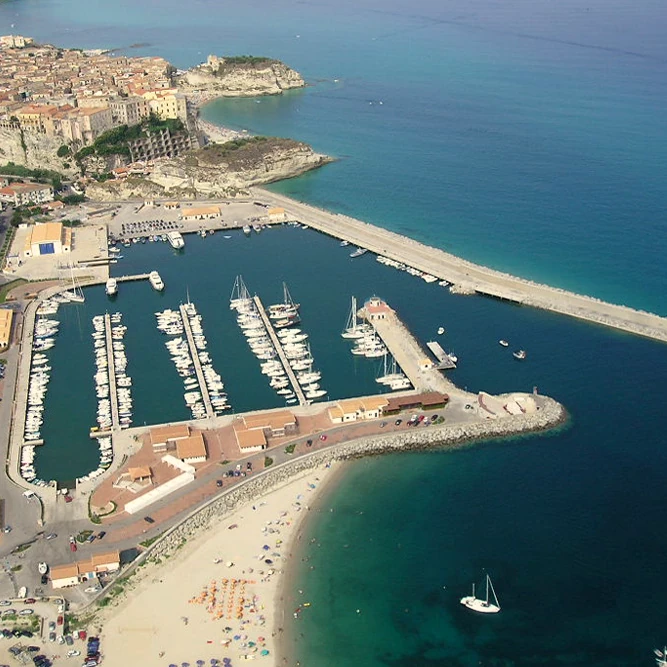
The port of Tropea, located under the fortress that houses the old town, is a tourist pier that offers berthing to small and medium-sized boats. Known as one of the “Five Ports of Hercules” to this day it is the starting point for exciting excursions to the Aeolian Islands and exciting boat trips along the spectacular Coast of the Gods.

St. Leonard’s Rock houses a charming cave inside, once used by fishermen to store their catch. The enchanting attractiveness of this place, with an almost magical atmosphere, has helped give the cave a mythological aura associated with mermaids, fascinating legendary creatures that inhabit the sea.
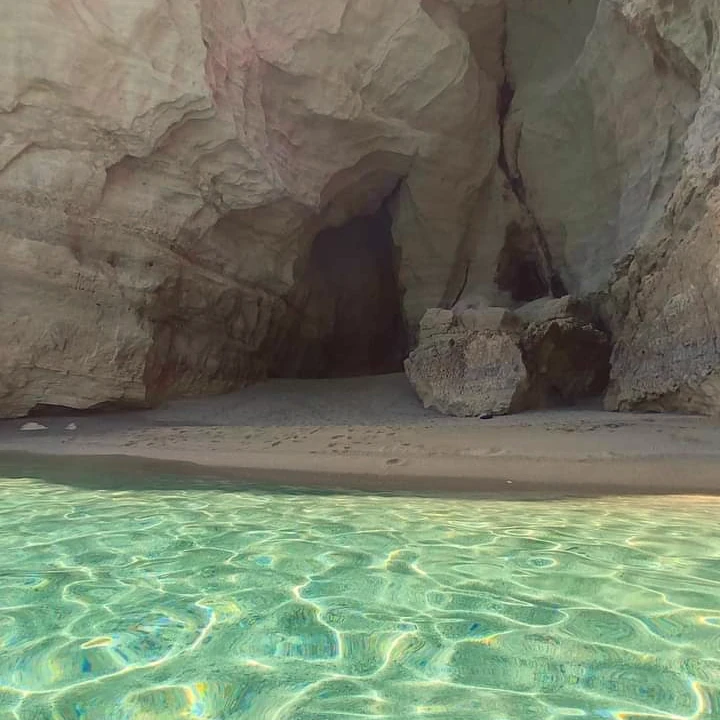
Palombaro Cave is embedded in the Scoglio di Santa Maria dell’Isola and preserves a small beach that is easily accessible by swimming or a small boat. According to some folk tales, the name of the cave originated from the pigeons (palumbi in dialect) that nested inside it.

